Imagine a horse that can live with little forage in a dune-swept desert where cobras hide in the scrub brush and water is scarce. This horse can also carry a rider for hours through this terrain, fight in fierce battles and provide companionship. Such a horse once existed in the Karakum Desert of what is now Turkmenistan. Known as the Turkoman, this horse in its ancient form is now extinct. But through a combination of great fortune and the dedication of the Turkmen people, the Turkoman’s descendants still survive in a breed called the Akhal-Teke.
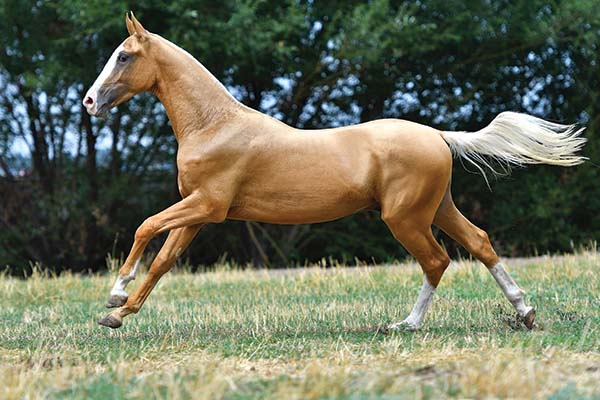
Akhal-Teke’s Fascinating History
Later, the ancient Greeks prized the Turkoman. In fact, some historians believe Alexander the Great’s famous horse Bucephalus carried the blood of this exotic breed.
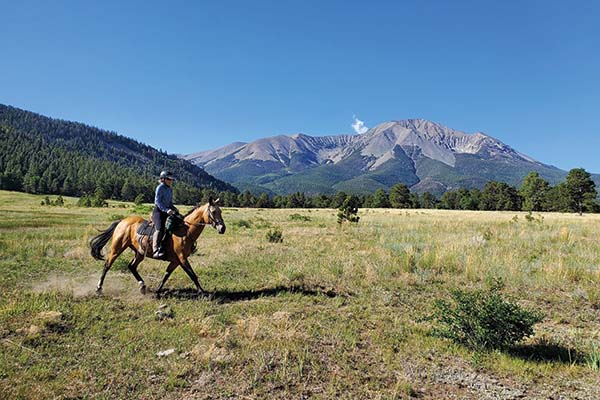
In the 13th century, Mongol invasions divided the Turkmen into small clans and pushed them into the desert, northward to the plains of Kazakhstan and eastward to the shores of the Caspian Sea. Along with a group of Turkmen, some Turkoman horses became isolated in southern Turkmenistan, far from trade routes.
The Akhal, an isolated oasis surrounded by the Karakum Desert and the towering Kopet Dag mountains, located between Turkmenistan and Iran, became home to the Teke tribe. Here the Teke tribesmen developed the Akhal-Teke, a breed of ancient lineage and great purity derived from the Turkoman horse.
In the centuries that followed, the Akhal-Teke breed remained virtually unchanged as it made its way throughout Central Asia and Russia. The Teke’s nomadic lifestyle required a horse that could travel long distances at a fast pace.
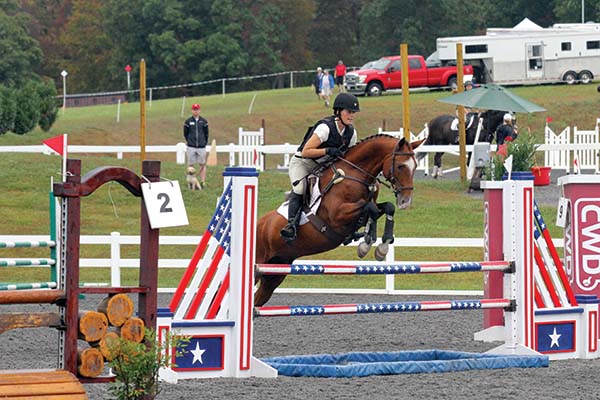
In the 19th century, these horses were incorporated into the Russian Empire, and the Akhal-Teke became treasured for its beauty and athletic abilities.
In 1935, a group of Turkmene people organized to create a long-distance ride that would bring more attention to the Akhal-Teke breed. Mounted on Akhal-Teke stallions, the group rode more than 2,500 miles—from the capital of Turkmenistan (Ashgabat) to Moscow—in 84 days. The desert segment of the ride was 225 miles in length, and the horses completed it in three days with very little water.
By 1941, the first Akhal-Teke studbook was issued by the All Russian Institute of Horse Breeding. The breed was embraced in Russia, and at the end of World War II, Soviet General Zhukov rode an Akhal-Teke stallion named Arab during the Moscow Victory Parade of 1945.
It wasn’t until the 1960s that the Akhal-Teke gained the attention of the rest of the world. In 1960, a black Akhal-Teke stallion named Absent—a son of Arab—won an Olympic gold medal in dressage for the Soviet Union. With his rider Sergei Filatov, Absent went on to win medals in two more Olympic Games.
Fast FactsHeight: 14.3-16 hands Color: Black, smoky cream, bay, buckskin, perlino, cremello, chestnut, palomino, gray. Overall Appearance: Elegant and exuding grace, power and athleticism. Head long and narrow; ears long, slim and set forward. Neck is long, slim and set high out of the shoulder. Back is long, with a level topline. Withers are prominent. Tail set is low. Registry: Akhal-Teke Association of America |
Akhal-Teke In the USA
The exotic Akhal-Teke did not find its way to the United States until 1979, when Phil and Margot Case of Shenandoah Farm in Virginia imported an Akhal-Teke stallion and mare they had purchased at a Moscow auction.
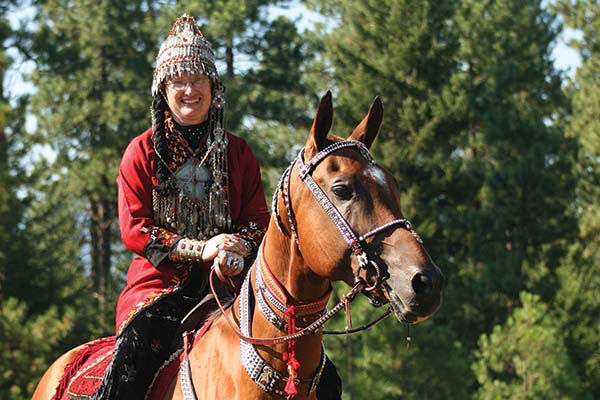
The Cases used the pair to start their American breeding program, and also created the Akhal-Teke Association of America. The purpose of the association was to establish, maintain and operate a non-profit organization composed of owners, breeders and friends of the Akhal-Teke. Its goal was to preserve and promote the breed in North America.
These many years later, the Akhal-Teke Association of America estimates that upwards of 300 living Akhal-Tekes are currently registered in the U.S. The most popular use for these horses in North America is endurance.
In fact, Akhal-Tekes are making themselves known in endurance and limited-distance rides all over the world. They also compete in eventing, show jumping, dressage, western events, trail and polo.
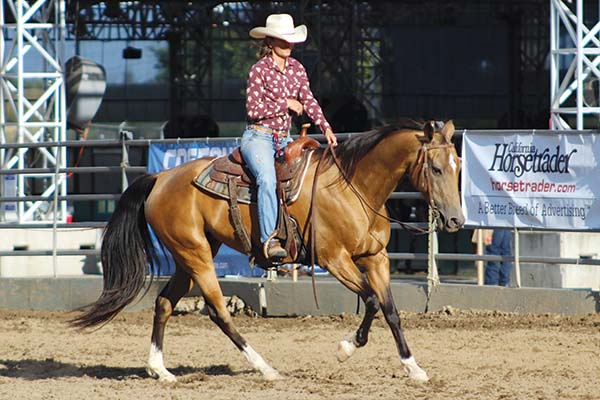
Akhal-Tekes have a unique metallic sheen to their coats, the result of the structure of the breed’s hair, which bends light as it hits the horse’s coat, giving it a golden cast.
The astounding history and exotic good looks of this breed make it worth exploring. Through the efforts of the Akhal-Teke Association of America, the breed will continue to capture the attention of horse lovers throughout North America.
This article about the Akhal-Teke originally appeared in the September 2020 issue of Horse Illustrated magazine. Click here to subscribe!






